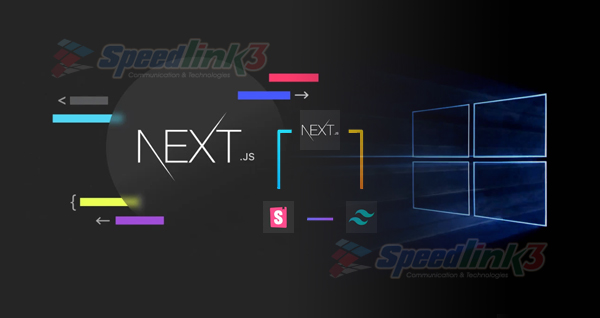
What is Next.js?
Next.js is a popular open-source framework built on top of Node.js for building React applications. It is maintained by Vercel, and its main goal is to simplify the development of server-rendered React applications. Next.js provides several features and capabilities that make it a versatile tool for building modern web applications:
Server-side rendering (SSR): Next.js enables server-side rendering, allowing pages to be generated on the server and sent to the client as fully-rendered HTML. This can improve performance and SEO, as search engines can easily index the content.
Static site generation (SSG): Next.js supports static site generation, where pages can be pre-built at build time and served as static files. This approach can result in faster page loads and reduced server load.
Automatic code splitting: Next.js automatically splits JavaScript code into smaller chunks, reducing initial page load times and improving performance.
Client-side routing: Next.js provides a built-in routing system that allows developers to create client-side navigation without the need for additional libraries.
API routes: Next.js allows developers to create API routes alongside their pages, making it easy to build backend functionality within the same project.
CSS-in-JS support: Next.js provides built-in support for CSS-in-JS solutions like Styled Components and CSS Modules, allowing developers to write modular, scoped styles directly within their components.
TypeScript support: Next.js has built-in support for TypeScript, enabling developers to use static typing for their projects, which can improve code quality and developer productivity.
Overall, Next.js simplifies the process of building complex React applications by providing a comprehensive framework with built-in features for server rendering, routing, and more. It is widely used in the development community for building various types of web applications, including static websites, e-commerce platforms, and enterprise applications.
Creating a Next.js application on Windows is a straightforward process that allows you to quickly set up and develop powerful web applications with ease. To get started, simply follow these steps:
Install Node.js: First, ensure you have Node.js installed on your system. You can download the installer from the Node.js website (https://nodejs.org) and follow the installation instructions.
Here I write some essential commands below:
node -v (for checking Node.js version)
npm -v (for checking the npm version)
npm install -g npm (for updating npm version and -g flag ensures that npm is installed globally)
Set up a New Project Directory: Choose or create a directory where you want to store your Next.js project. Open a command prompt or PowerShell window and navigate to this directory.
Initialize a New Next.js Project: Run the following command in your command prompt or PowerShell window to create a new Next.js project:
npx create-next-app my-next-app
Replace my-next-app with the desired name of your project.
Navigate to the Project Directory: After the project has been created, navigate into the project directory using the cd command:
cd my-next-app
Start the Development Server: To start the development server and preview your Next.js application locally, run the following command:
npm run dev
This will start the development server at http://localhost:3000 by default. You can access your Next.js application by opening this URL in a web browser.
Begin Developing: With the development server running, you can now begin building your Next.js application. Edit the files in the pages directory to create new pages or modify existing ones. Next.js provides hot reloading, so your changes will be automatically reflected in the browser as you save your files.
Build for Production: Once you're ready to deploy your Next.js application to production, you can build optimized production-ready assets by running:
npm run build
This command will generate a production build of your Next.js application in the .next directory.
Deploy Your Application: You can deploy your Next.js application to various hosting platforms such as Vercel, Netlify, or your own server. Refer to the documentation of your chosen hosting platform for specific deployment instructions.
By following these steps, you can quickly create and develop Next.js applications on Windows, taking advantage of its powerful features for building modern web applications.
Share This News